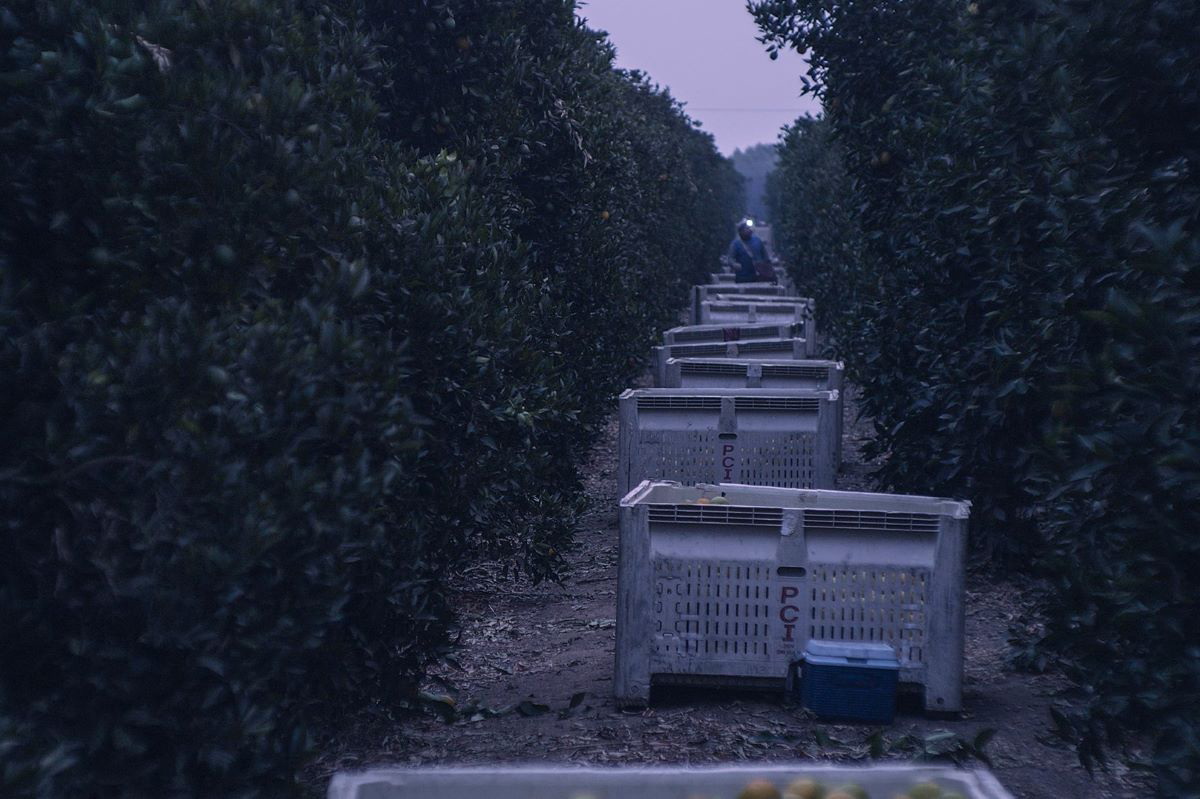Story Content
Professor-curated film series attempts to reveal to those who live here what may be unseen in Sacramento

April 15, 2021
Films, says Dan Janos, can reveal new perspectives and broaden understanding of the world.
When local artists make those films, they can introduce viewers to parts of their city that, during day-to-day routines, may previously have gone unseen.
To help Sacramentans better understand their hometown and the people who live there, Janos, an assistant professor of film, has curated a series of five short films about Sacramento. All have been made by Sacramento artists and will begin screening April 15 on the Crocker Art Museum’s Oculus blog.
The film series, “The (Un) Expected City,” is the latest example of Sac State faculty, students and alumni partnering with local organizations to bring arts into the community. The series is a collaboration among the Crocker, the Center for Sacramento History, the City Film Office, and the Office of Arts and Culture. In addition to Janos’s curation, two Sacramento State faculty and a student will have their work featured.

The name of the series is an intentional nod to the idea of discovering something new about a familiar place.
“When you live in a place, after a while you get into your well-worn grooves of what that place means to you,” Janos said. “You've got your grocery store, you've got your park, you've got your job, you've got your nightlife, whatever it is that your life consists of in that city.
“We wanted to pose the question: What don’t you know about the city?”
The series grew out of another Sac State-Crocker collaboration, the annual U-Nite! Public showcase of University faculty work. Through U-Nite! Janos met Houghton Kinsman, the Crocker’s adult education coordinator, who later reached out about putting on a film series.
The two relative newcomers to Sacramento – Janos is from the Bay Area, Kinsman from Cape Town, South Africa – hit on the idea of showing films about their new home, made by people who live here.
“It's really important to listen to who lives here because we’re the ones who have a stake. We're the people who are going to shape what the city evolves into,” Janos said.
In curating the series, Janos said he focused on authenticity. He was less interested in films in the style of Lady Bird, an acclaimed and commercially palatable Hollywood film about a Sacramento teen, than he was in works from artists who were turning their lens on the city’s people and places viewers might not ordinarily see.
For example, At the Sound of Your Voice You are Here, highlights the Sacramento San Joaquin-River Delta, a crucially important but often overlooked part of the region. The film is a collaboration between Associate Professor of Film Jenny Starks, who directed, and Professor of English Doug Rice, who wrote the screenplay.
Another film with a Sac State connection is student Andres Lira’s Primero, Sueño, which originated as his senior project. Lira brings his lens into a community of undocumented migrant workers, offering an apolitical look at a group of individuals who are critical to the region’s economy. Primero, Sueño will screen live April 17 on the Crocker’s Facebook and YouTube channels, followed by a discussion with Lira and local arts officials.
“When you live in a place, after a while you get into your well-worn grooves of what that place means to you. . . . We wanted to pose the question: What don’t you know about the city?”
The other films in the series are Brother Leroy, which offers a glimpse of the life of a local Black man with an unexpected community connection; Bring the Dance Leave the Guns, about a group of four diverse men who take radical steps in an attempt to better their community and themselves; and Idle No More: Sacramento, documenting a Native American rights group’s demand for land and original treaty obligations.

The involvement of Janos and multiple Sac State faculty and alumni reflects the University’s important relationship with the city. The University’s students come largely from the surrounding region, Janos said, so Sac State artists have an obligation to “get out of the ivory tower” and bring their work into the community.
“You have to reach beyond your campus to really effectively serve the people that are your student body, forging those relationships, so that you don't have people in isolation, so you don't have groups in isolation,” he said.
Kinsman said he has spoken with Sac State College of Arts and Letters Dean Sheree Meyer about “Anchor Cultural Institutions,” a concept that aligns thematically with the University’s “Anchor University” initiative to better serve and integrate itself with the community. Those spaces, he said, “have such an important role to play in incubating, promoting, highlighting, and supporting the local arts community as well as building the arts infrastructure here.”
“The Crocker and Sac State are often two of the largest organizations at the table within these discussions, and this comes with a certain power-responsibility dynamic,” Kinsman said. “I'm relatively new to the museum and Sacramento, but I have really enjoyed watching the cross-pollination that is happening between these organizations.”
Media Resources
Faculty/Staff Resources
Looking for a Faculty Expert?
Contact University Communications
(916) 217-8366
communications@csus.edu


